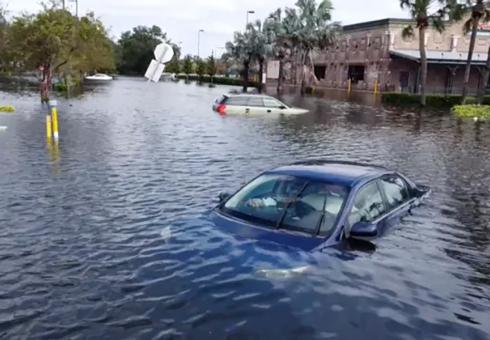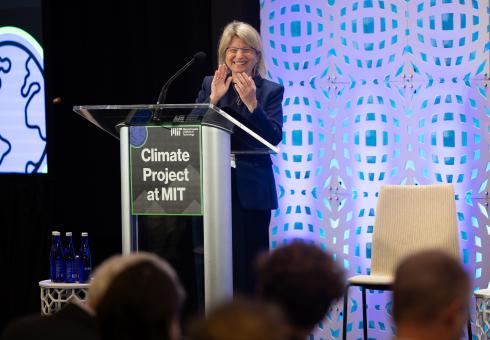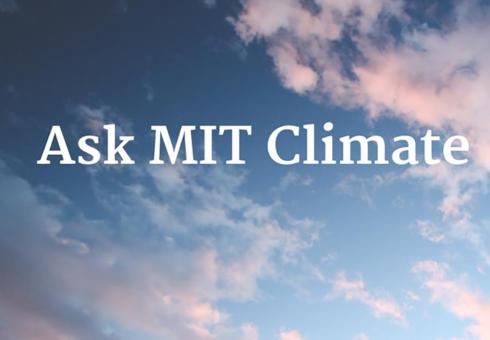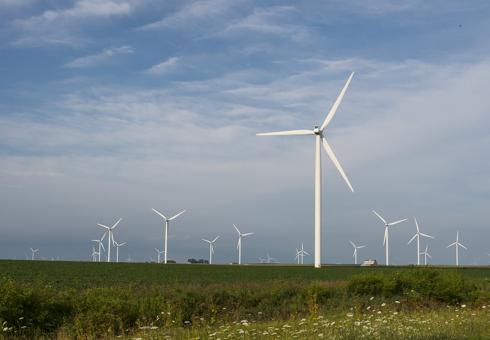CS3 In the News
Federal climate inaction imperils property insurance and disaster relief programs amid increase in extreme weather events, say CS3-affiliate/MIT Professor of Management Emeritus Henry Jacoby and co-authors (The Hill)
ASK MIT CLIMATE: CS3 Deputy Director Sergey Paltsev responds to reader's question (MIT Climate Portal)
MIT CS3 experts in energy systems modeling and colleagues explore the future role of fusion energy in a decarbonized electricity system (World Economic Forum)
Here’s why scientists say it’s far from “game over” for the planet (Boston Globe)
The burgeoning global food trade is a lifeline for billions, but it is fragile and hard on the planet (Science)
The underlining tech of hydrogen passenger cars can still be transformative.
Using the concept of “outdoor days,” a study shows how global warming will affect people’s ability to work or enjoy recreation outdoors (Coverage: Fast Company, WBUR)
The major effort to accelerate practical climate change solutions launches as its mission directors meet the Institute community
First U.S. trial of this innovative technology to be provided to an entire neighborhood by a major utility
Emissions are attributed to the country where they happen geographically—even if the energy produced, or the products manufactured, are destined for somewhere else (MIT Climate Portal)
MIT Joint Program Co-Director Emeritus John Reilly highlights key challenges (Associated Press)












